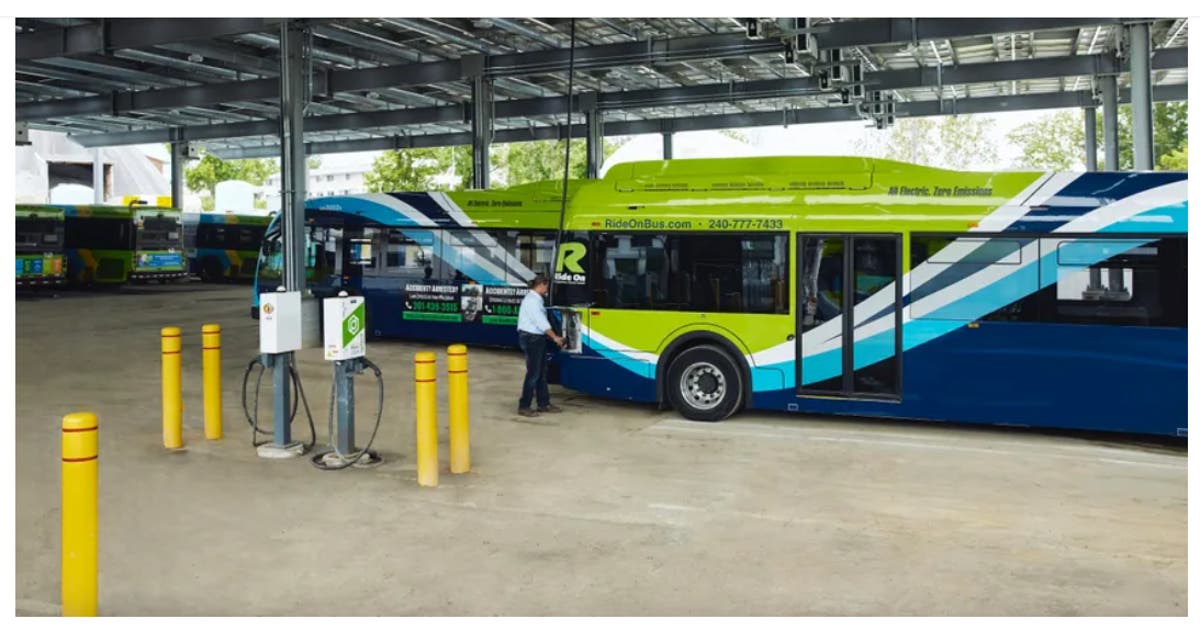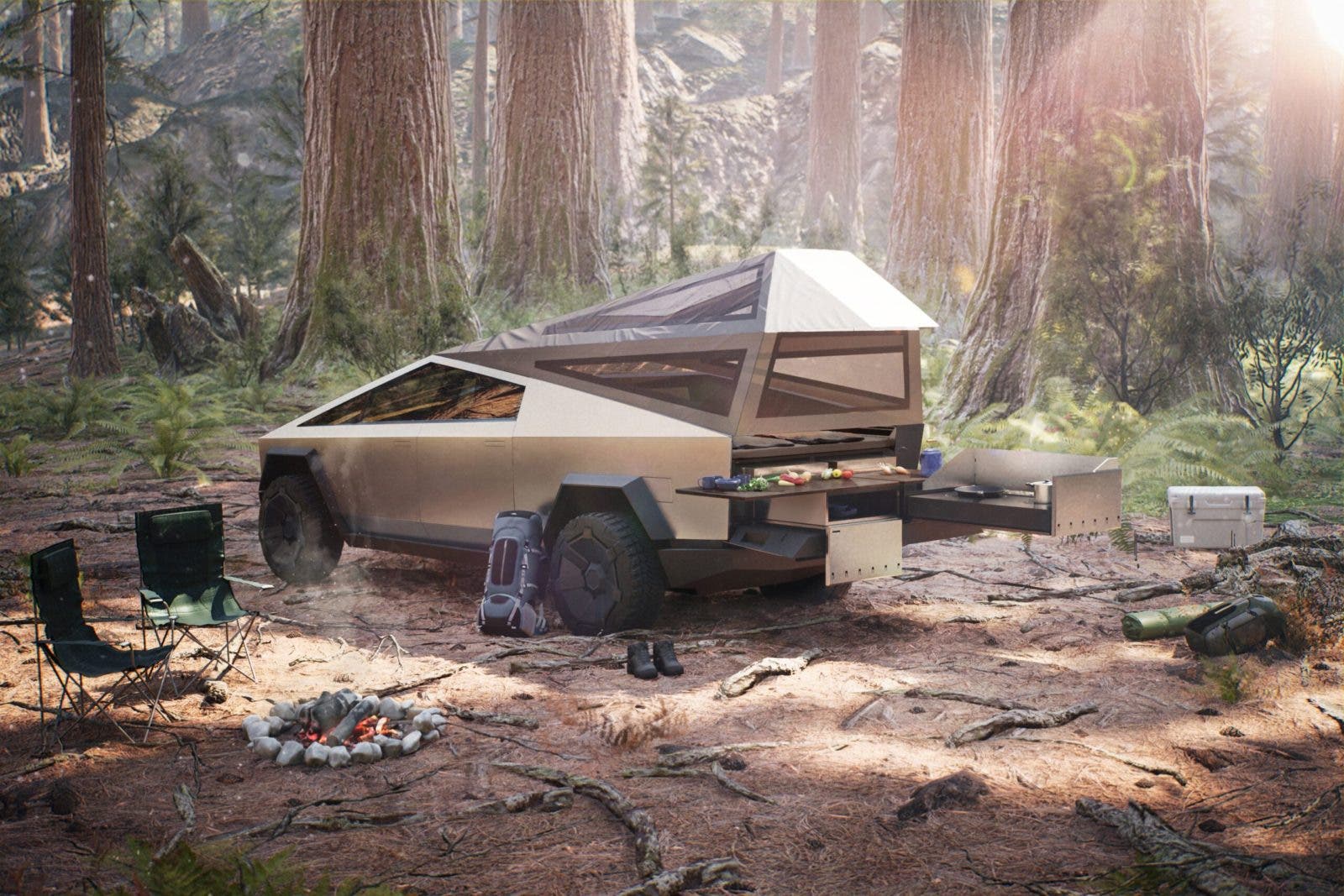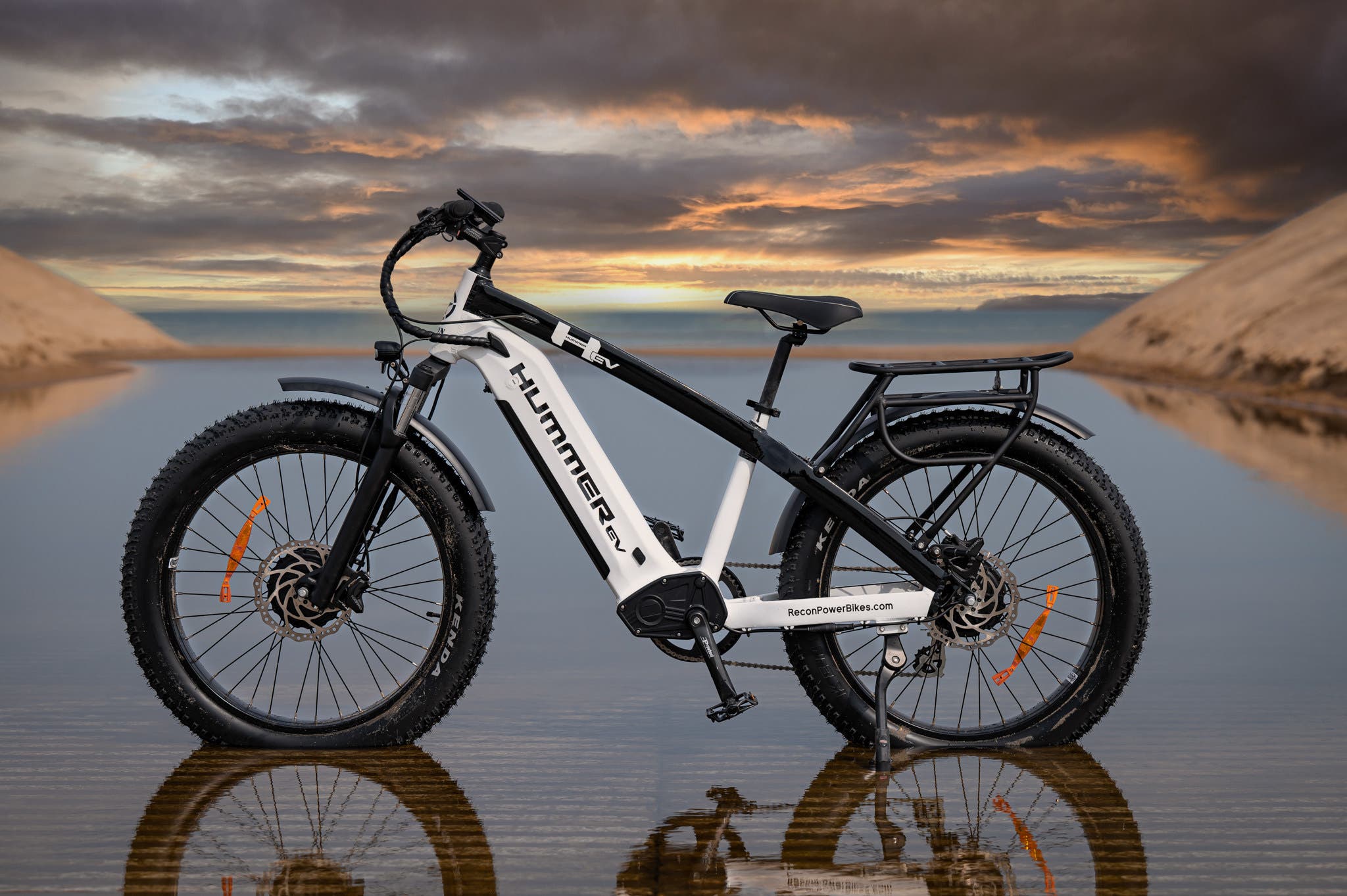Eskom, South Africa’s main power utility, intends to shut down 5,400 MW of coal-powered electricity by the year 2022, 10,500 MW by the year 2030, and 35,000 MW by the year 2050. (IRP, 2019). South Africa is ranked as having a high per capita emission rate and a high overall contribution to greenhouse gas (GHG) emissions. By 2025, the nation’s energy demand is predicted to quadruple and increase gradually, having a substantial effect on climate change. Eskom has been compelled to impose electricity rationing schedules due to the significant shortage of electricity producing capacity that the nation is now experiencing. South Africa must quickly increase its capacity for new generation.
Eskom is making property close to its power stations where there is adequate grid capacity available for Independent Power Producers (IPPs) to lease and invest in renewable energy projects that can be put into place fairly rapidly in an effort to assist overcome the gap in the supply of electricity. Eskom signed lease agreements with four independent power producer investors last week for the commercial lease and use of land parcels at two of its power stations in the province of Mpumalanga for the construction of new clean energy generation capacity in response to the South African President’s call for “an ambitious, bold, and urgent response to the energy crisis.” The first set of lease contracts with private businesses have been inked. It consists of property plots near the Majuba and Tutuka power plants owned by Eskom.
Subject to environmental, land zoning, and other regulatory approvals, it is estimated that the generators will be connected to the grid within 24 to 36 months of financial close. Eskom deserves praise for moving forward with this plan quickly. In April 2022, Eskom released a request for proposals (RFP), which was followed by an adjudication procedure. The bids were three times oversubscribed, indicating a very high level of investor interest in land with a grid connection. This strongly suggests that additional land parcels will be given favorable consideration. The investors would provide an estimated 2,000 MW to the national electrical system and lease a combined 6,184 hectares (ha) of land for 25 to 30 years at a time. In order to facilitate and expedite the investment in new renewable generation capacity, Eskom will start releasing new tenders for additional Eskom land parcels every three months going ahead.
The winning bidders are Mainstream Renewable Power Developments South Africa (Pty) Ltd, Sola Group (Pty) Ltd, Red Rocket SA (Pty) Ltd, and HDF Energy South Africa (Pty) Ltd. The bidders will now do thorough feasibility studies to decide which technologies—wind, solar, and battery storage—they will be deploying at each location. The precise generation capacity won’t be known until after the experiments are finished. Customers that sign power purchase agreements with the developers will be the only customers to whom the bidders will sell electricity on a bilateral basis. The electricity will be transported throughout the Eskom grid, bringing in money from its current assets for Eskom.
There won’t be any National Treasury guarantees given for the PPAs, and neither taxpayers nor Eskom would be at risk or under any obligation. To make up for the shortage, additional generation capacity will be developed quickly through private investment.
“We have taken an unusual move to identify the shortest means possible and within our sphere of influence to improve the country’s generation capacity,” said Eskom Group Chief Executive, André de Ruyter. “By making Eskom land accessible adjacent to the power stations, where there is sufficient grid capacity.
“Eskom’s land leasing initiative is a first of its kind and can be utilized as a case study in the energy supply industry (ESI) for how to work with private electricity generators to quickly connect more capacity to the national grid to increase supply reliability. This is a compelling case for the just energy transition to a lower carbon economy because these land leases are expected to bring in an estimated R40 billion in investments to regions that have historically been connected to coal-fired electricity generation, De Ruyter continued.
Eskom intends to release more land near its power plants and other locations where there is enough grid capacity to link generators of renewable energy. In the future, up to 30,000 ha may be made accessible for such initiatives. The lands near the Mpumalanga power plants Kendal and Kusile, as well as the decommissioned Ingagane Power Station in Newcastle, KwaZulu-Natal, will be the focus of the upcoming land sales phase. In the upcoming months, these parcels will be made available to the market.
This initiative’s main goal is to alleviate the burden on the strained power system as quickly as possible. One of the simplest ways to do this is to add renewable energy projects, such utility-scale solar PV. The system urgently needs to be relieved of pressure by adding as many megawatts as feasible in the quickest amount of time, enhancing Eskom’s capacity to perform maintenance on its current fleet, lowering load-shedding, and reducing the use of open cycle gas turbines (OCGTs).
Independent power generators are allowed to wheel electricity through the transmission grid under Schedule 2 of South Africa’s Electricity Regulation Act of 2006, subject to wheeling fees and connection agreements with the relevant transmission or distribution license holders, as published by the Department of Mineral Resources and Energy in August 2021.
The accessibility, regions above underground mines, potential mining operations, preservation of environmentally sensitive areas like wetlands and historical sites, and the slope of the land parcels were all taken into consideration when evaluating the usability of the land parcels. According to Eskom, it is dedicated to giving future generators opportunity to connect to the grid in a variety of geographical locations using distributed energy resources. One tool for doing this is the land lease scheme. Additionally, it will expedite the Just Energy Transition (JET) Strategy of Eskom, which calls for the addition of clean energy sources to the nation’s energy mix.
Other nations in the area would do well to imitate this. I was immediately reminded of some of the outdated coal power facilities in Zimbabwe as I went through Eskom’s announcement. The national utility corporation of Zimbabwe, ZESA, might potentially create income, for instance, by leasing land at its 100 MW Munyati Power facility. The power plant currently struggles to produce even 10 MW. IPPs might utilize the current infrastructure and the area close to Munyati to feed utility scale solar into the grid. This might potentially be done with the land nearby Hwange coal power station. Eskom has taken advantage of this opportunity extremely quickly, and ZESA and other parties should follow suit.
Like the uniqueness and cleantech news coverage of CleanTechnica? Think about becoming an Patreon patron or a member, supporter, technician, or ambassador for CleanTechnica. Don’t miss a cleantech story, will ya? Register for daily news updates from CleanTechnica by email. Or follow us on Google News Want to advertise with CleanTechnica, send us a tip, or propose a speaker for our podcast CleanTech Talk? You can reach us here.







